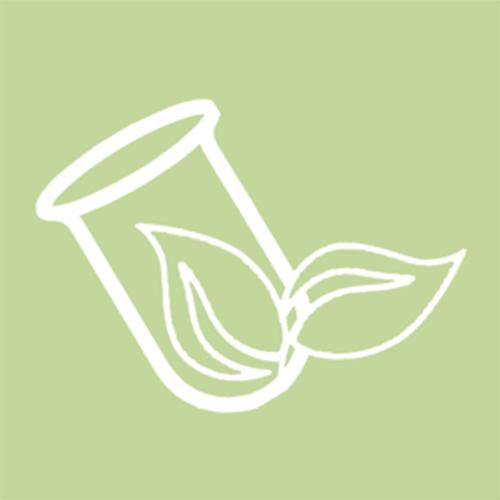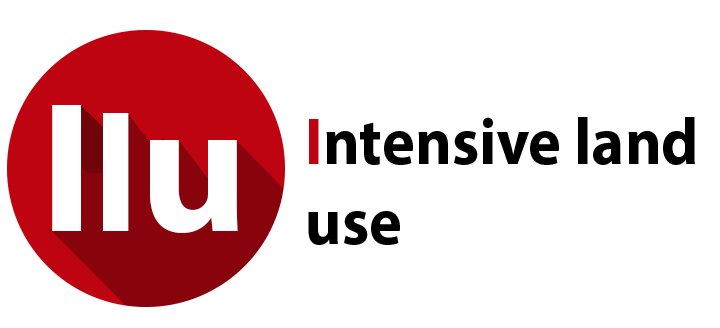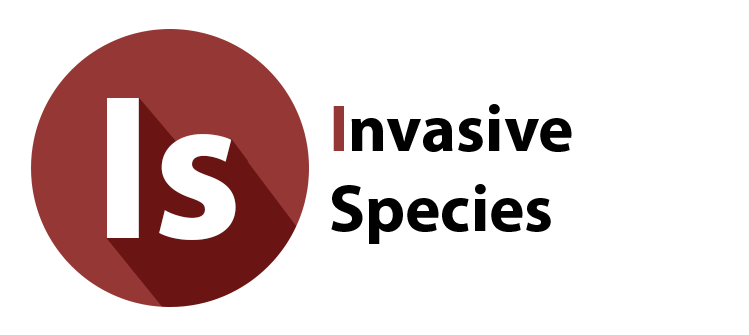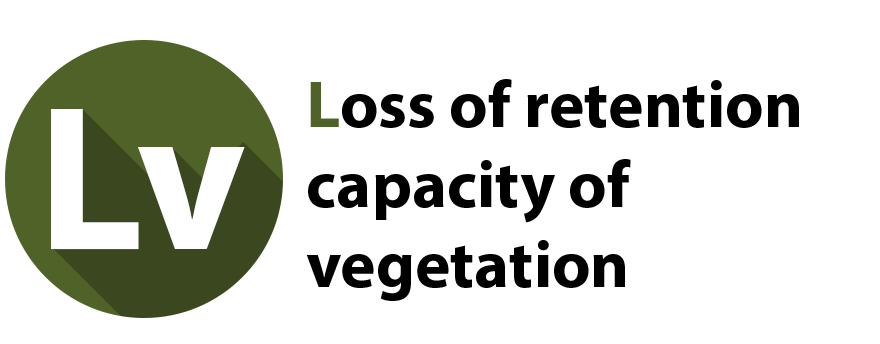Strengthening sustainable water resources management of Subak Bengkel as best practices to support Subak system sustainability in Tabanan Regency in dealing with the challenges of climate change impacts. Indonesia

Description
Location

Sketch
Information about lithology/geochemistry:
Specific objectives of the demosite, that were achieved through the Project, are: Development of an ecohydrology demonstration plot to control extreme water flow fluctuation and mitigate water pollution, sedimentation, and crop failure inside Subak Bengkel, throughconcerted actions at multi-levels. Demographics Subak Bengkel is in administrative villages, Bengkel Village and Pangkung Tibah Village. The location of Subak is in the east of Kediri District, 13 km from the District Government Center and 15 km from Tabanan Regency. In comparison, the distance from the Provincial Government Center is 30 km. Based on village data in 2022, the population of Bengkel Village is 2390 people, consisting of 1193 men and 1197 women from a total population of 717 families: 717 Families. (Bengkel Village Profile, 2021).
Main Description
- The water that irrigates Subak Bengkel Area comes from Tukad Yeh Empas. In Balinese, Tukad means a river. The Tukad Yeh Empas river basin covers an area of 100.82 km². The irrigation system in the subak system generally consists of 4 (four) main elements, including: (1) The main building, in the form of an intake building located at the water source. (2) Carrier network, in the form of carrier channels that function to connect irrigation water from the source to the rice fields in need. (3) Collection of paddy fields with water distribution system, (4) Disposal system, a natural or artificial waterways located outside the subak irrigation area to dispose of excess water
Enhance ecohydrological processes in novel ecosystem
NO
Apply complementary Ecohydrological processes in high impacted system
NO
This table presents the different categories of ecosystem services that ecosystem can provide, divided in:
Provisioning Services are ecosystem services that describe the material or energy outputs from ecosystems. They include food, water and other resources.
Regulating Services are the services that ecosystems provide by acting as regulators eg. regulating the quality of air and soil or by providing flood and disease control.
Ecosystem services "that are necessary for the production of all other ecosystem services". These include services such as nutrient recycling, primary production and soil formation.
Cultural Services corresponds nonmaterial benefits people obtain from ecosystems through spiritual enrichment, cognitive development, reflection, recreation, and aesthetic experiences.
Lifezones
![]()
PPT(mm/yr): 1.0
![]()
T(ºc): 1.0
| Elevation of demosite: | meters above sea level |
| Humidity: | Semiparched |
| PETr (by year): |
EH Principles
Quantification of the hydrological processes at catchment scale and mapping the impacts
Ecological engineering (integration, dual regulation and biotechnologies in catchment scale for enhancement of ecological potential)
ECOHYDROLOGY ENGINEERING SOLUTIONS
Pest attacks on massive rice plants are mainly rats and leafhoppers. The cultural ceremony namely The Mreteka Merana is one of the ceremonies held by the Subak management to control rats when a severe attack occurs. In addition, to overcome rat infestation, farmers cultivate owls (Tyto alba) as natural enemies of rat pests.
 Faunatechnology
Faunatechnology
Phytotechnology was applied in several different project locations, particularly in TP3R (Waste Management Site Reduce-Reuse-Recycle) and in the inlet of each paddy field group (tempek). • Organic Fertilizer House (TPS3R) Waste management is a solution to reduce the amount of waste by processing organic waste into fertilizer. Waste comes from the residue of household activities in the village. Waste processing into fertilizer is carried out daily by cleaners whom the village government
 Phytotechnology
Phytotechnology
To manage a section of the Subak System, it was designed to culturally perform structures, which are classified as utilization of water. The subak system emerged with the philosophy of Tri Hita Karana (three happiness) consisting of palemahan (environment, rice fields, flora, and fauna), pawongan (farmers), and Narayanan (subak culture) contained as wisdom. The assumed tangible material and ecological effects are: • Reduce water pollution and sedimentation. • Mitigate water discharge fluctuation. • Minimize crop failure inside Subak The scope of the adaptation measure consists of: 1. Hydrological Engineering: • Engagement of local government through the Tabanan District Public Works and Spatial Planning Agency (PUPR) as responsible for the development of water irrigation infrastructure on primary and secondary waterways. The amount of Tukad Yeh Dati water in 2019 that entered the Yeh Panan Selatan Dam and flowed to Subak Bengkel was 722.4 l/dt.
 Ecohydrological Infrastructure
Ecohydrological Infrastructure
Major Issues










Expected Outcomes
Latest Results
Contacts
Prof. Dr. Ignasius D.A. Sutapa, MSc.
- ignasdas@gmail.com
- Asia Pacific Centre for Ecohydrology (APCE) – UNESCO C2C In collaboration with University of Muhammadiyah Malang (UMM)
Social ecohydrological system
EH Objectives
EH Methodology
Catchment Ecohydrological sub-system
Objectives
Stakeholders
Catchment Sociological sub-system
Activities